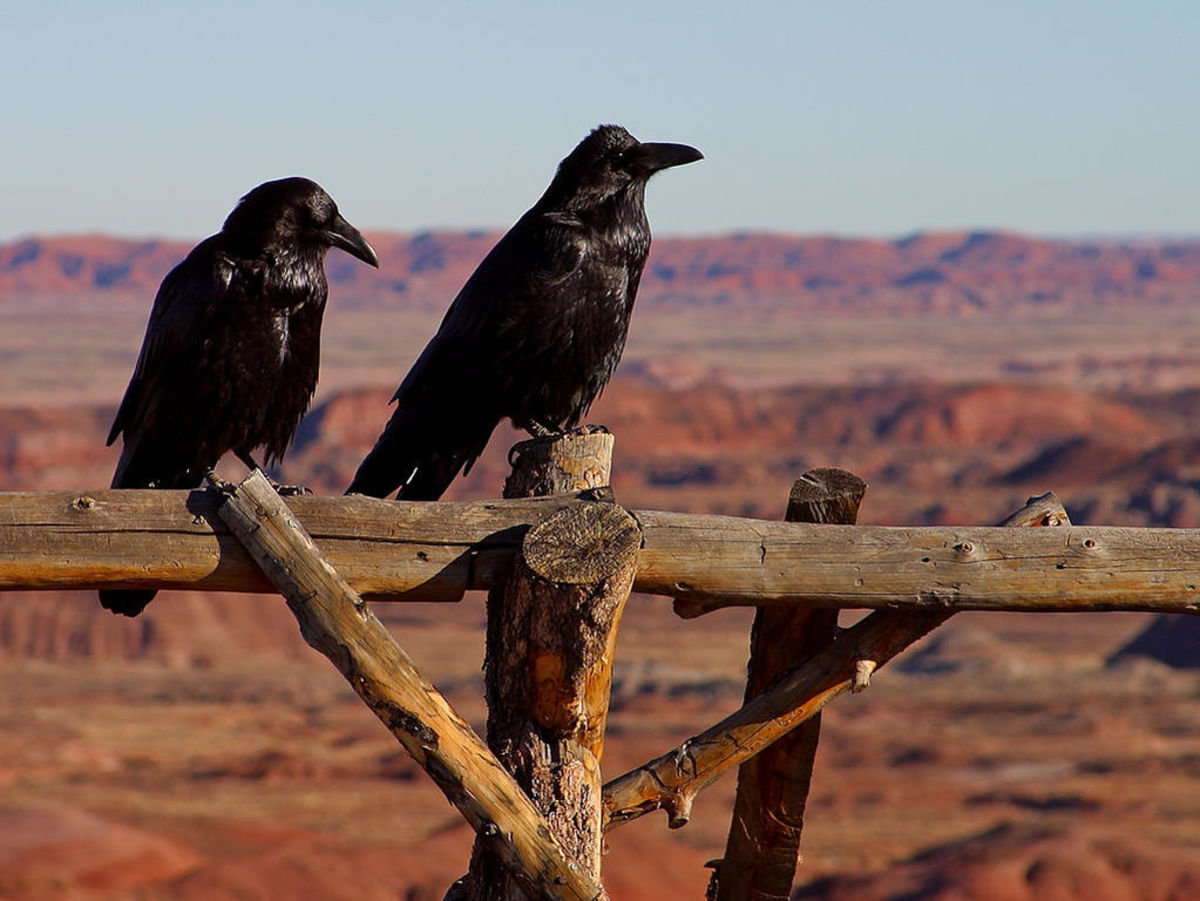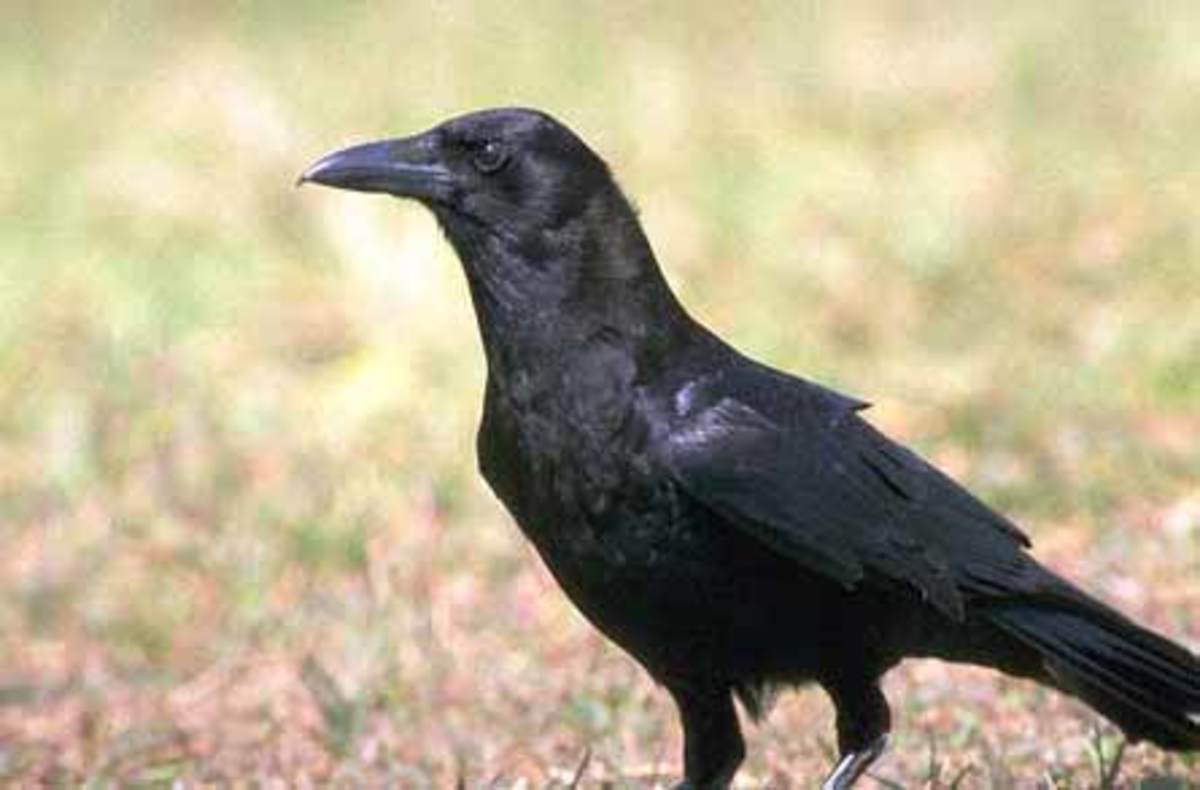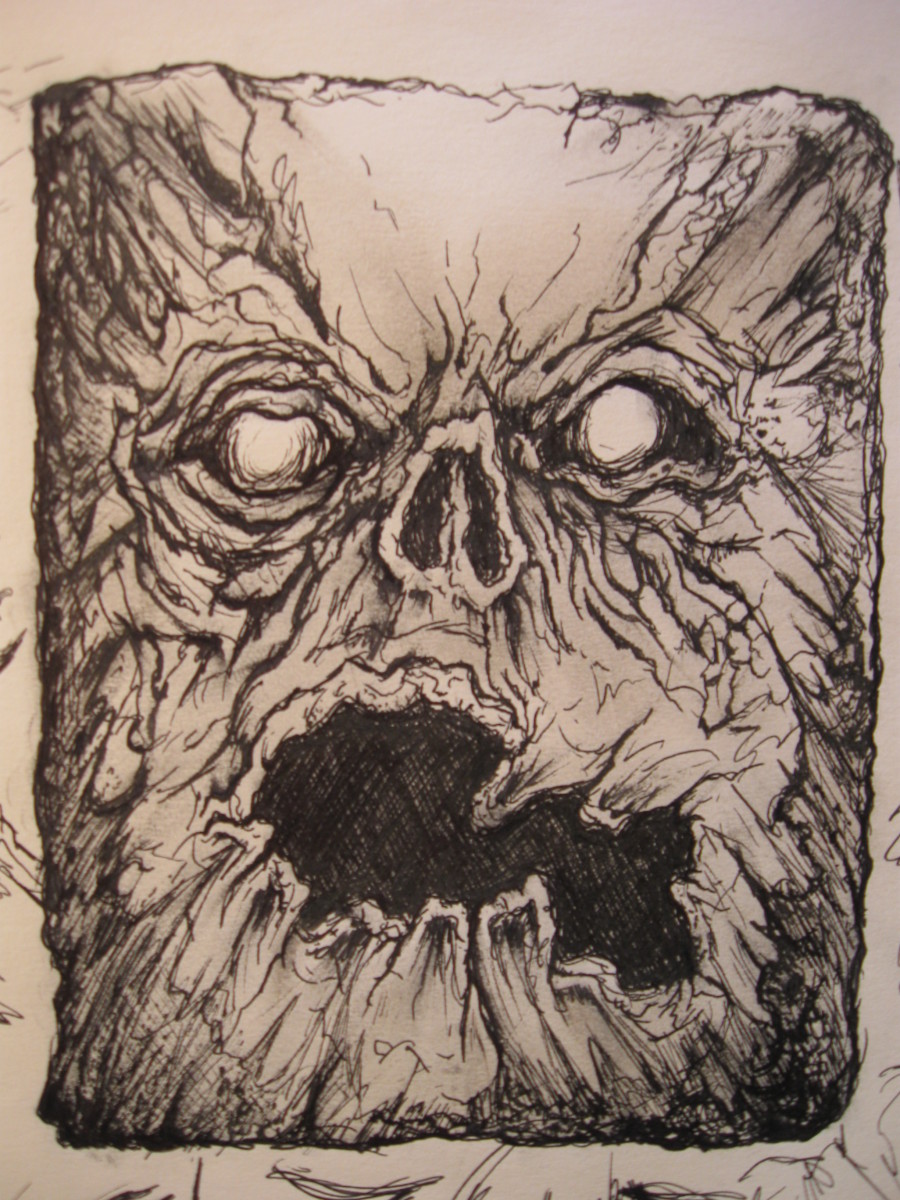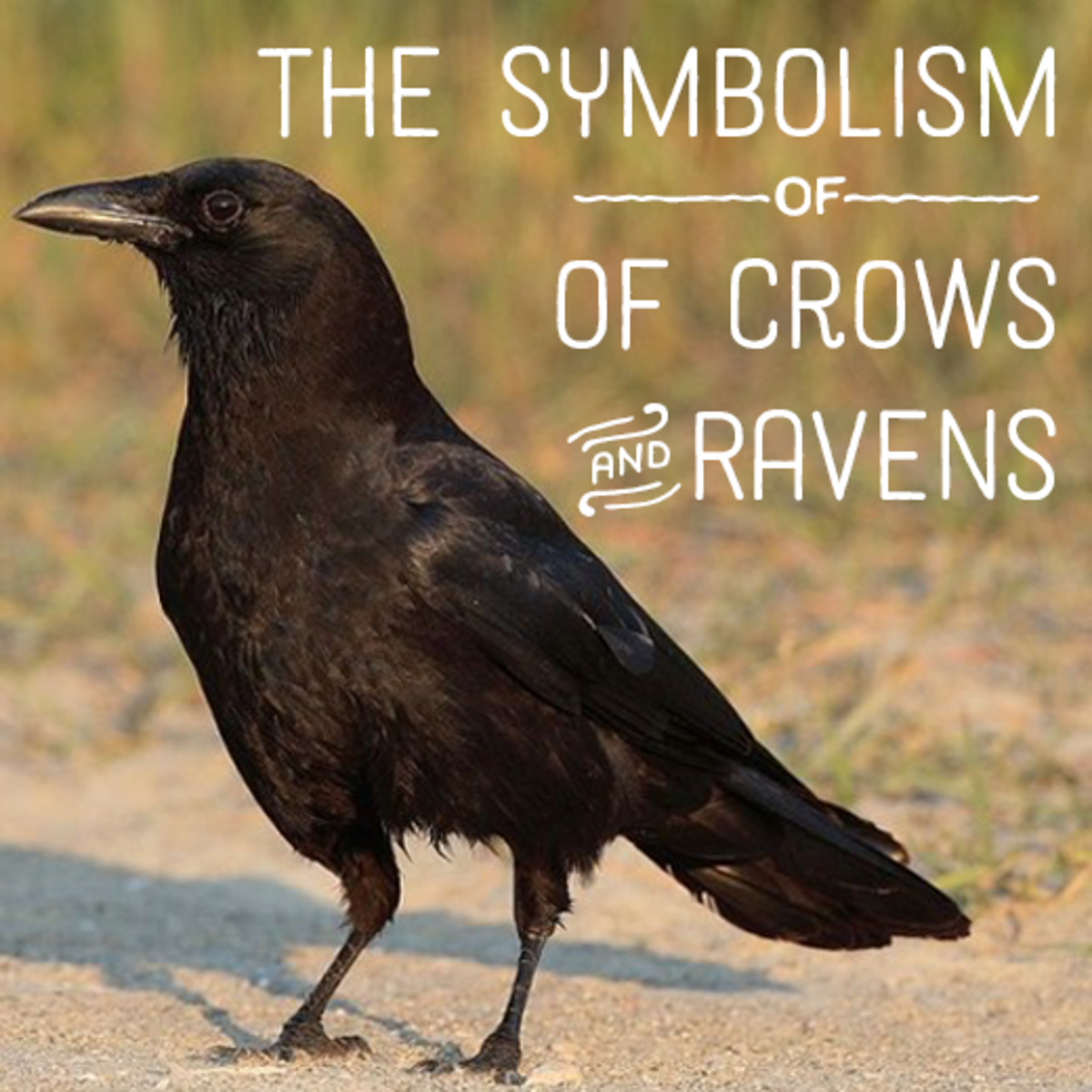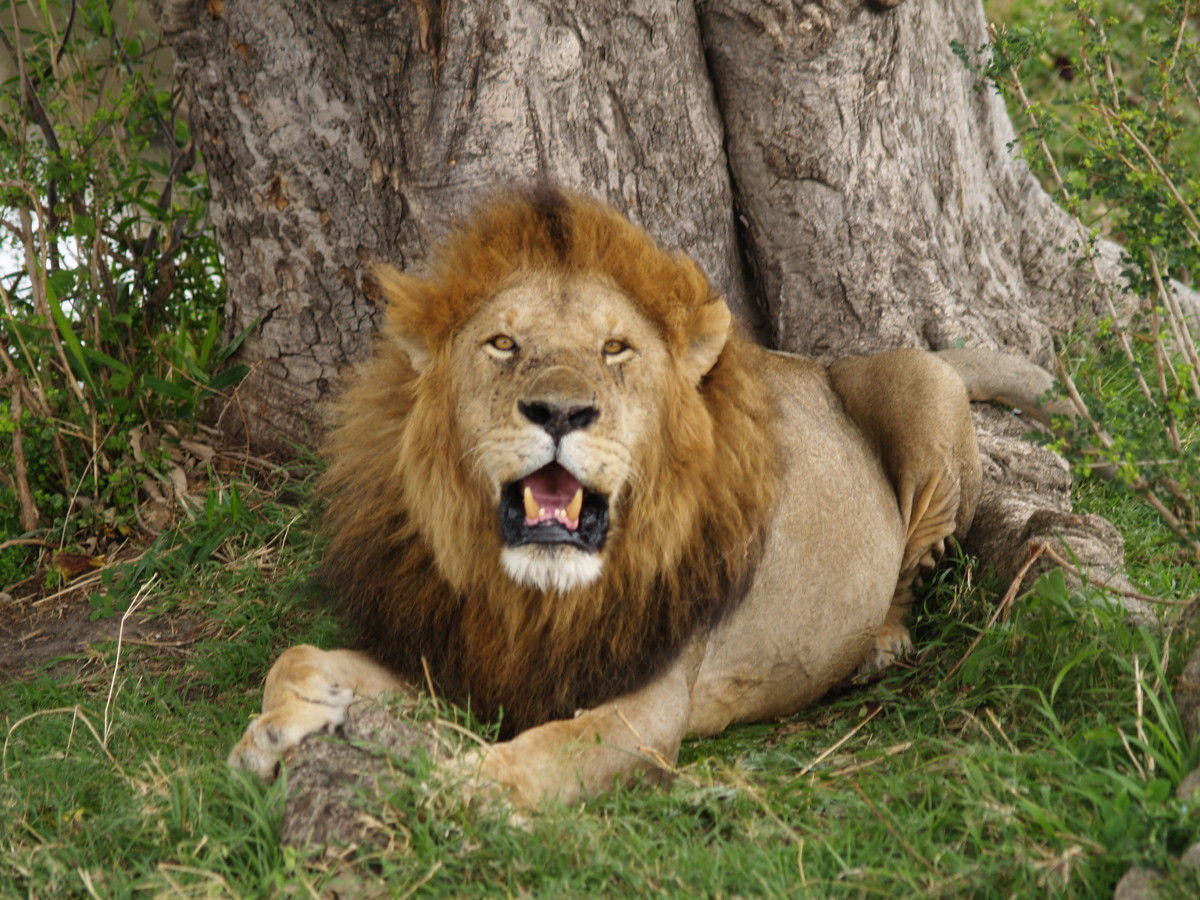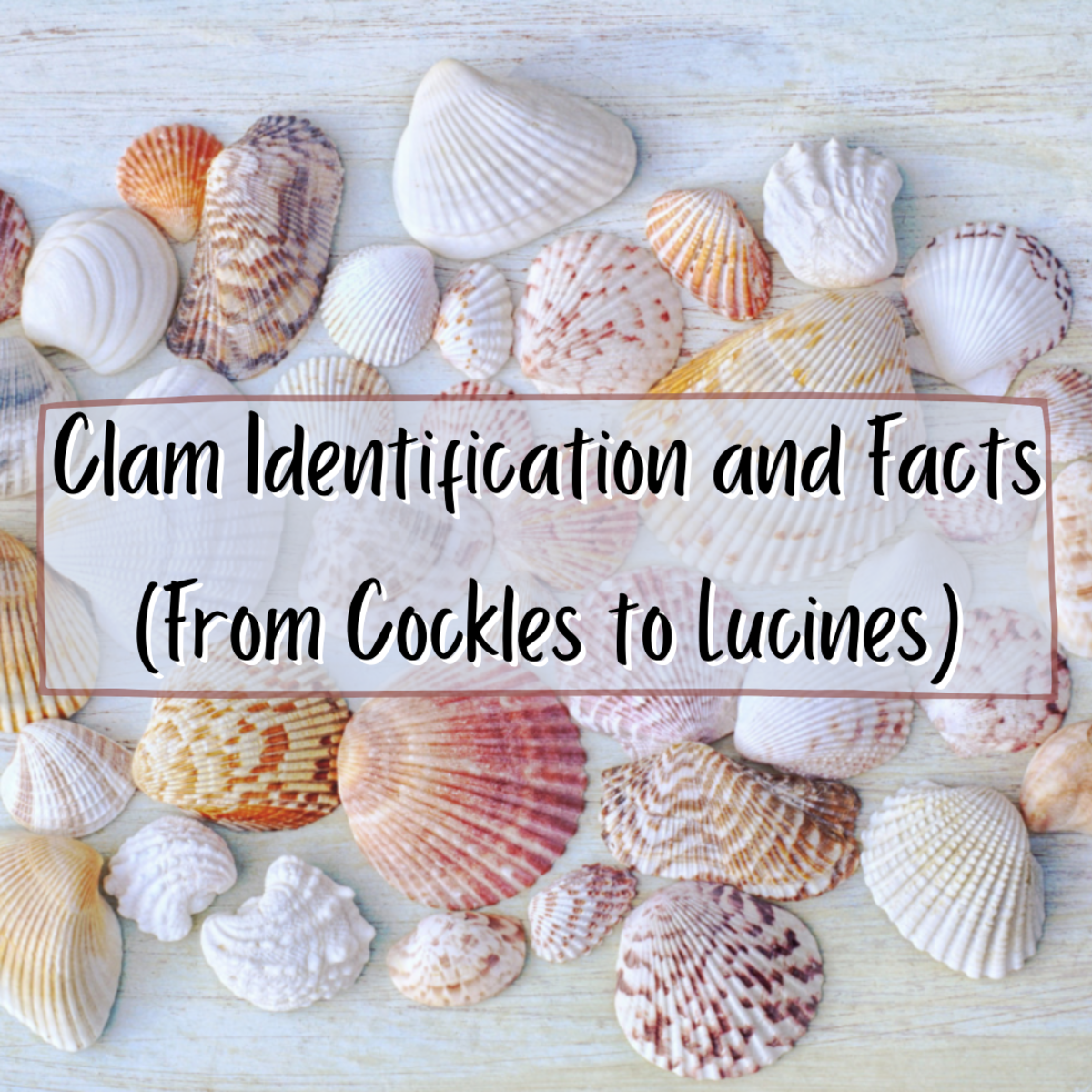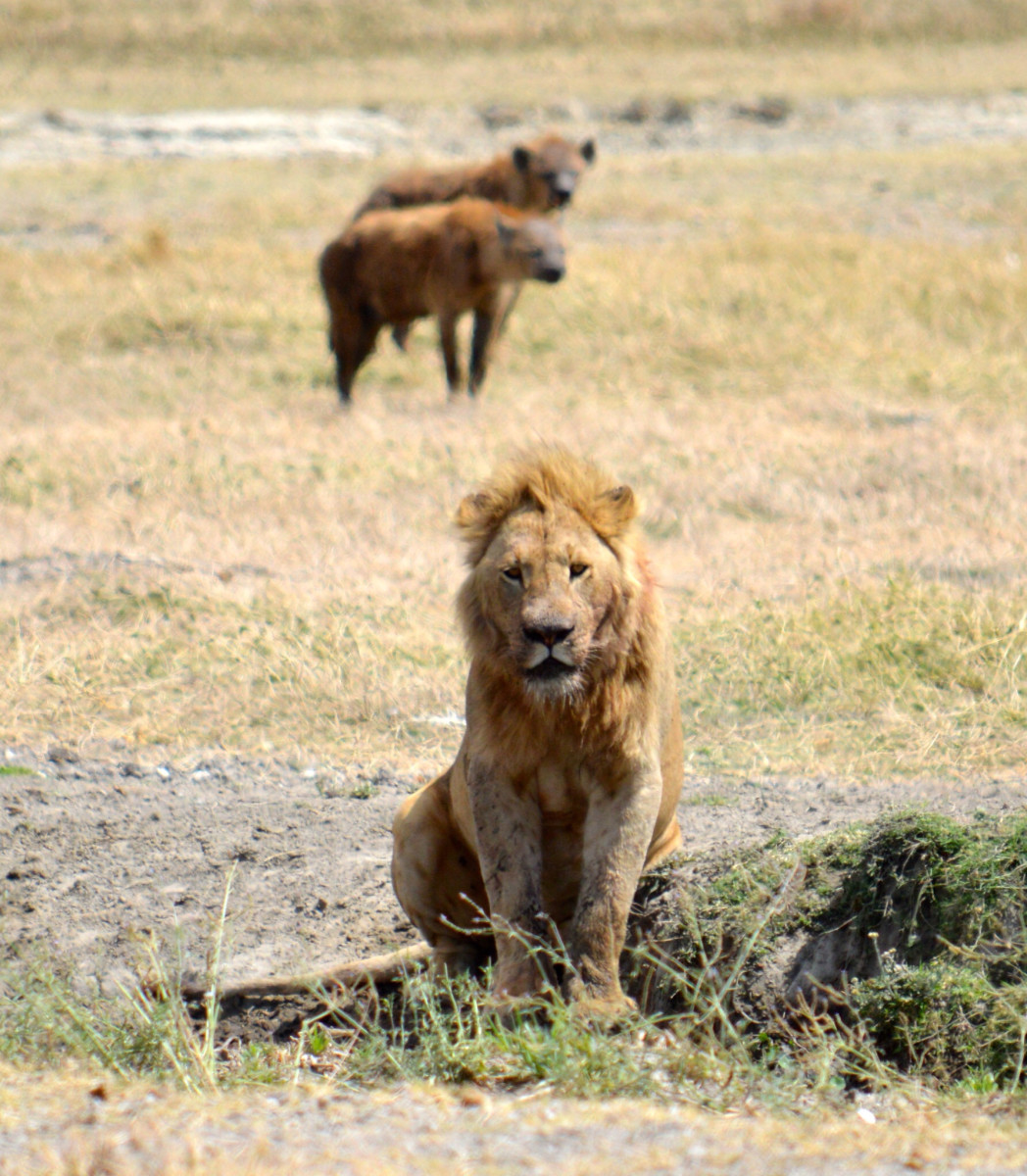A Ravenous Beauty of Black: The Legends & Lore of the Raven
Creation Stories of Pacific Northwest
- "Pacific Northwest Coast Stories-Wolf Clan and Salmon-Raven Steals the Light"
Stories and legends from the First People of the Pacific Northwest Coast. - Raven in Creation - Wikipedia, the free encyclopedia
The Creator
Imagine a winged black beauty soaring through the skies, with black coal eyes and caws that send chills down your spine. The raven evokes so many mixed emotions when spotted in any environment. The blackbird of death or a bad omen, are common ideas that come to mind when encountering this ebony creature, but the raven isn't a bird to be feared it is a bird to be celebrated and studied. In cultures all over the world the raven is seen in many stories, mainly stories surrounding creation and light.
Ravens exist in many Native American folklore. From playing intricate roles in our creation to deceitful birds who travel between realms, the myths are engaging stories that captivate all who read them. Many Native American tribes of the Pacific Northwest claim that they are the most powerful birds because of their ability to adapt to different habitats. They even claim that the raven was he "creator of the world, or at least played a significant part in the process" (Hassler 8). Some tribes even go so far as to say they created man. Ravens are revered and respected among many native tribes because their power appears to be limitless. According to an Eskimo legend, "the raven in Alaska was no ordinary bird. He could change from a bird into a man and could not only fly and walk, but could swim underwater as fast as any fish" (95). Among the people of the Pacific Northwest the raven was a respected bird. According to their legends the raven brought the light, discovered man and had control over the ocean tides. They hold this bird at a higher standard. Two stories tell of ravens finding man in a clamshell or plant.
The first is a Haida legend telling of a raven discovering man in a clamshell found on the beach. According to this legend the humans were afraid when first seeing the raven, so he told the humans of the great things created in the world that they could use and they finally came out. "The raven amused himself with these new playthings for quite a while, in the process teaching them many things" (97).
The second story comes from an Unalit or Yup'ik Eskimo legend telling of people coming from a plant. In this story the man falls from a pod on the plant and sees the raven flying towards him. What's interesting about this story is that the raven turns into a man upon meeting the creature that fell from the pod on the plant he created.
Other cultures even talk about ravens creating light. I found this to be interesting because I would never associate light with a creature that carries so much darkness. In the cultures of east China, Japan, and Korea the raven is either a symbol of the sun or in some way related to the sun. In another story coming from the Pacific Northwest the raven actually "stole the sun and illuminated the earth" (98). In this story he disguises himself as a baby in order to gain access to the sun and steals it from this couple in order to deliver it to the rest of the world.
Pacific Northwest Art
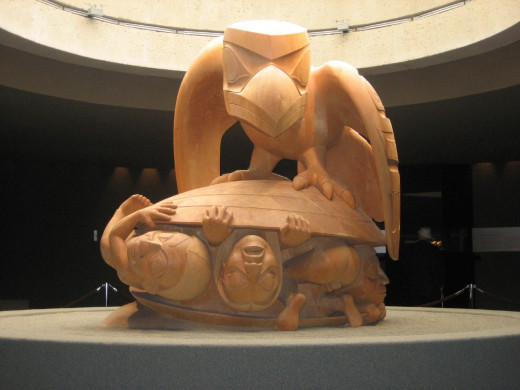
Ravens in other Cultures
The Trickster, The Death Dealer, The Spiritual Guide
While the raven creates light and the world, he also possesses qualities of a trickster and a haunting image of death. In the Haida creation story after the raven amuses himself with the people he later changes the flow of the rivers so that they can never leave. Other stories also tell of the raven tricking men in various ways. But one interesting story about him acting as a kind of death dealer comes from the Cherokee and they believed in these evil creatures known as Kalanu Ahyeli-ski or raven mockers. "Raven mockers were said to kill their victims, then cut out their hearts and eat them" (104). The Cherokee believed there were methods in preventing this from happening. They "relied upon good medicine people to maintain vigils at the bedside of sick persons. As long as the doctors were present, the raven mockers were afraid to approach" (104). If the person died then the medicine man stayed until the person was buried because "once the body was placed underground, the raven mockers could not steal the heart" (104). Many Native American tribes have certain rituals surrounding their dead and they were careful to ensure the spirits were able to move on peacefully.
The raven is believed to also possess a spiritual quality, where they can travel to the land of the dead and bring back a persons soul. The people of the Pacific Northwest wore headdresses with feathers from ravens and crows and this was said to enable them to "journey into the land of the dead and return with a person's soul; this was a way of bringing back a loved one" (58). Due to their ability to visit the land of the dead many tribes feared the raven, but not in a way that you would think it was more out of respect.
Warriors of other cultures would either carry symbols of ravens or actual ravens into battles because they struck fear in their enemies; these warriors included Vikings, Celtics, and Scandinavians to name a few. "The association between ravens and fatalities, either from war, illness, or execution, led to the theory that the birds were able to foretell death" (59). Ravens are also seen in Viking folklore in association with their god Odin. The Norse deity apparently owed some of his success to two ravens, Hugin and Munin. According to the legend Odin would send the birds out into the world to gain secrets and they would return and share this information with Odin. It's said that, "supplied with information from his avian counselors Odin then passed along words of wisdom and advice to the other Norse gods" (53).
Norse Deity Odin
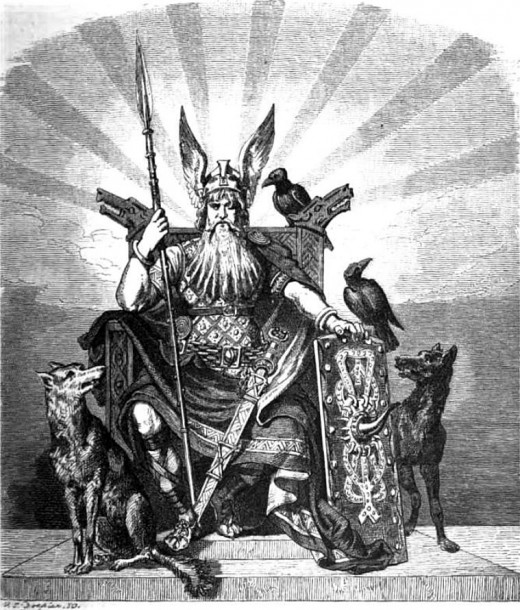
Information on the Raven Comic
Raven in Pop Culture
When doing more in depth research I discovered that there is actually a comic book series Raven in the DC comics. She is a superheroine who "is an empath who can teleport and control her "soul-self," which can fight physically, as well as act as Raven's eyes and ears away from her body." (http://en.wikipedia.org/wiki/Raven_(comics)). I thought this was interesting that even the popular world of superheroes and villains created a place for the Raven to fly free. What's interesting is that this character could possibly seen in a villainous light because her father is demon Trigon and her mother is a mere mortal. According to the books she grew up in Azarath and "was taught to "control her emotions" by Azar, in order to suppress her inherited demonic powers." (http://en.wikipedia.org/wiki/Raven_(comics)). Apparently Raven wanted to join the Justice League, but they refused her because of her demonic father. So even in the comic book world the Raven is feared for the darkness they possess.
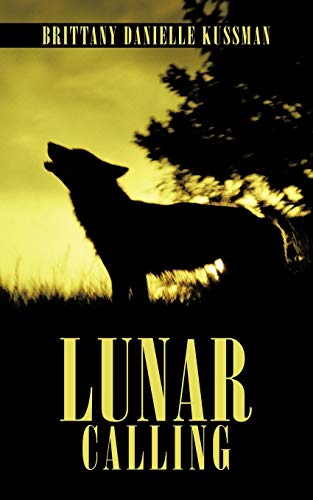
Poetry
Here is a poem I wrote about the raven. I hope you find it interesting.
Bird of Black
The black beauty soars
in the wind
gliding like a bat in the night.
She is mistaken for a crow,
a scavenger if a lesser species.
The Raven dreams like the wolf,
flying free in her realm
defending her territory from other
dark knights.
A creature marked for misfortune.
She isn't the bold eagle now hawk
gracefully greeting the skies,
not even the bird of paradise
mesmerizing your eye with beauty.
She is the darkness,
the lone wolf of the sky,
Revered as a god to some
and feared out of superstition by others.
By: Brittany Kussman Published in Lunar Calling
Haida Creation Story
Found the Haida creation story and wanted to share it with readers. It's always interesting to hear these stories from the indigenous people themselves.
Odin's Ravens a Poem
Found this interesting video of the poem about Odin's ravens. I found it to be very interesting to watch and actually in a lot of Skaldic or Eddic poetry many images of ravens are found. So the raven was a very important symbol of the Norse mythology and belief.
Common Ravens
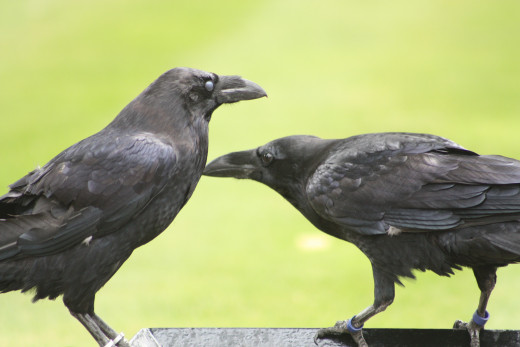
Raven by Edgar Allan Poe
References
Hassler, Lynn. The Raven: Soaring through History, Legend & Lore. Rio Nuevo Publishers, 2008.


